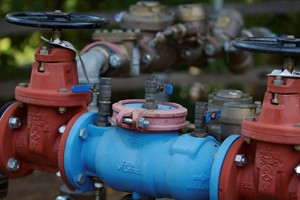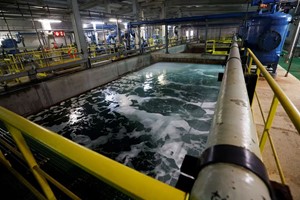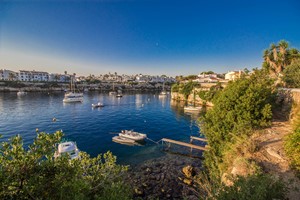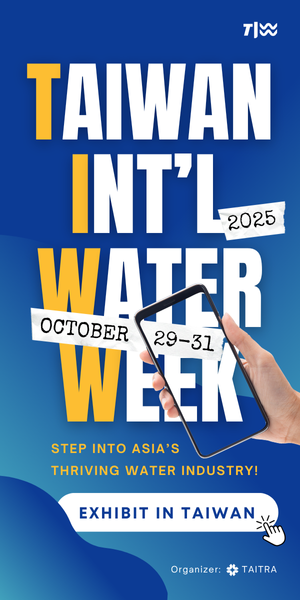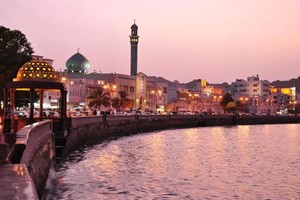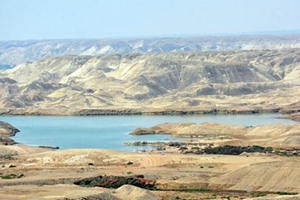Ferrovial, through its water infrastructure subsidiary Cadagua, and Construcciones Rubau, via its water subsidiary Arema, have begun work on the €102 million expansion and upgrade of the Ter Drinking Water Treatment Plant (DWTP), the largest facility of its kind in Catalonia. The project, commissioned by Ens d’Abastament d’Aigua Ter-Llobregat (ATL), is expected to take 48 months to complete.
A key feature of this project is the modernization of critical infrastructure while maintaining uninterrupted operation of the facility, which is essential to ensure a reliable water supply to the Barcelona metropolitan region. The upgrade includes improvements to the existing sand filters, the addition of new granular activated carbon filters, and enhanced water disinfection facilities. Additional infrastructure upgrades include a new filtered water tank, an intermediate pumping station, an ozonation building, and a structure to house the activated carbon filters.
The Ter DWTP, inaugurated in 1966, plays a vital role in supplying two-thirds of the water to the Barcelona metro area under typical conditions. With a treatment capacity of 8 cubic meters per second (8 m³/s) and four reservoirs holding a total of 557,664 m³, the plant is one of the cornerstones of Catalonia’s water infrastructure. This modernization will further enhance its capability to comply with the latest EU Directive 2020/2184, ensuring both the quantity and quality of the water supply for years to come.
Ferrovial and Cadagua have a strong presence in Catalonia, having contributed to the construction of several key facilities, including the Baix Llobregat, Besòs, Sant Joan Despí, and Gavà Viladecans wastewater treatment plants. For Rubau and Arema, the Ter DWTP expansion adds to their extensive portfolio of water management projects in the region, such as the Salmorres sewer main, the extension of the Tossa de Mar WWTP, and the construction of the Sant Gregori WWTP, noted for its ecological significance.
By carefully managing connections to the operational plant during construction, this project ensures a seamless transition to an upgraded system while continuing to meet the water demands of the greater Barcelona area.








